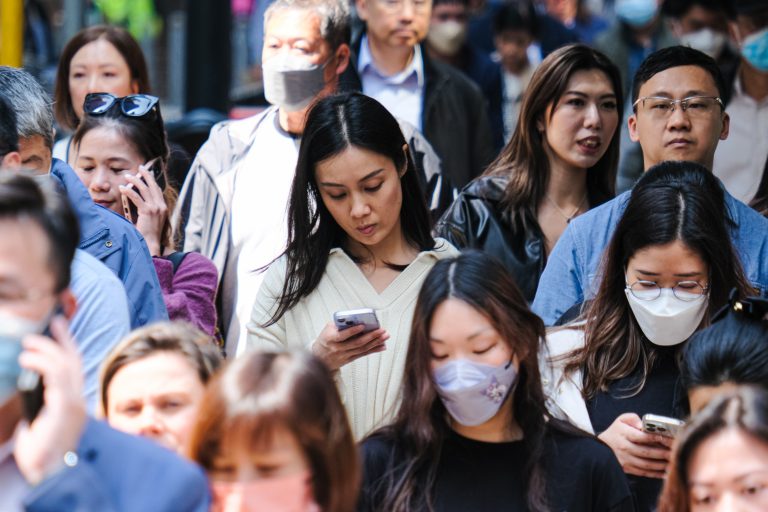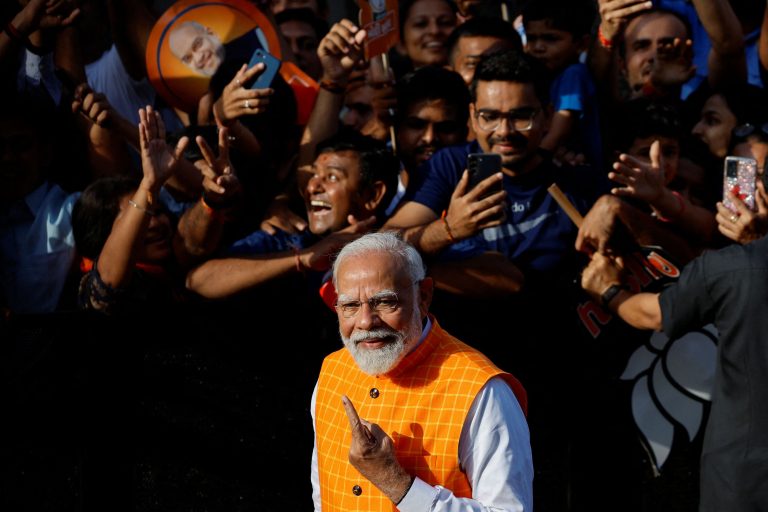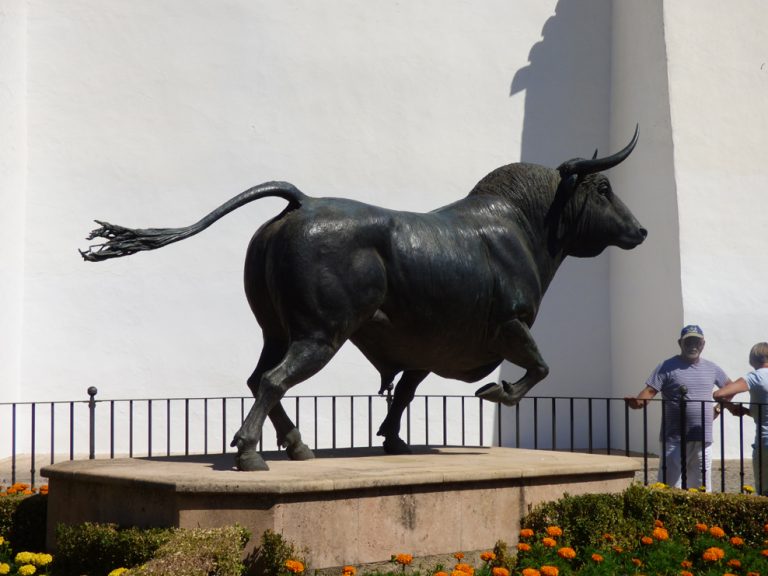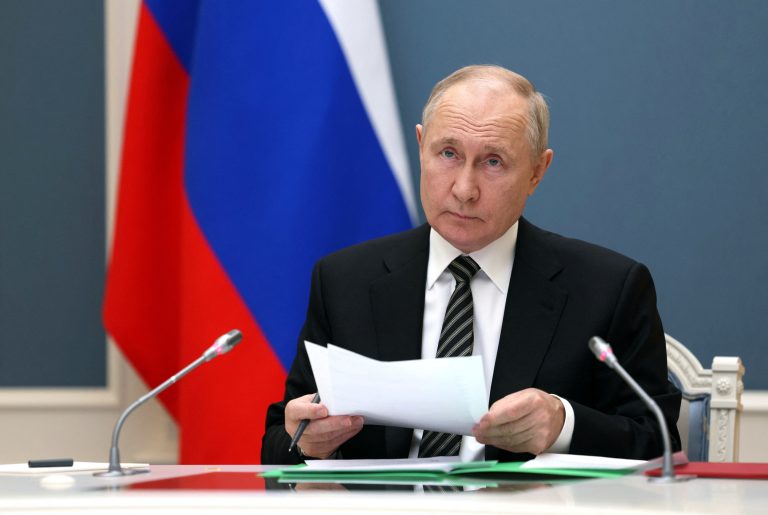On Mar. 1, after 945 days, the city of Hong Kong ended its mask mandate, halting one of the world’s largest COVID-19 restrictions.
With the situation seemingly returning to “normalcy,” the government hopes to open its doors once more, even as the public continues to practice caution.
Mandate no more
City leader John Lee said that the virus has been tamed “without major signs of rebound.” Hong Kong had lasted through the mandate since July 2020.
Back then, the mandate ruled that everyone above the age of two were required to wear a mask in nearly all public places — indoors and outdoors. Those who defied the rule would be fined up to HK$5,000 (US$640).
“Evidence shows that the coronavirus is under control in Hong Kong, without major signs of rebound,” Lee told a news briefing on Feb. 28, the New York Times reported.
Success
You are now signed up for our newsletter
Success
Check your email to complete sign up
Starting Mar. 1, people in Hong Kong will be free from the mandate, no longer required to wear masks indoors, outdoors or on public transportation. However, high-risk places like hospitals and nursing homes have been given the choice to enforce mask rules of their own.
Primary and secondary schools are still required to conduct daily health tests for COVID-19, but this measure may also be lifted later this month.
Many applauded the lifting of the mask mandate, grateful that they could finally take off their masks. They had long believed that the restrictions were deadly for their livelihoods, with the city’s reputation as a center of finance and tourism ruptured.
“With the removal of the mask mandate, Hong Kong will return to normal all around, and in this year and the coming year will go all out for the economy and development at full speed,” Lee said.
READ MORE:
- China May Be Rolling Its Spies and Police Into One KGB-like Agency
- Brazil’s Social Welfare Recipients Must Give Children COVID Vaccine, Alludes New President
- Impact of China’s Demographic Collapse Revealed in Official Numbers
The city recently announced that it will give away half a million plane tickets to attract foreign visitors, as more restrictions are pulled away.
“Everyone can show their smiles and say, ‘Hello, Hong Kong,’” Health Secretary Chung-mau Lo said, referring to Hong Kong’s new tourism slogan.
However, local media reported that many people still seem to wear them, presumably out of caution, the BBC wrote. Some even opposed the “sudden” opening, still critical of the messy handling of the pandemic policies in the past.
“The mask is like a part of my body,” a local resident, simply known as Chan, told Channel News Asia (CNA). “If I stop wearing it, it’ll take a bit of getting used to.”
A clinical virologist at the University of Hong Kong, Siddharth Sridhar, said that despite the masks’ effectiveness, many people still took them off at home and in crowded restaurants.
“People deserve choice in terms of how they are protecting themselves, and they have been doing this since the very first days of the pandemic, and they are going to continue to do that,” he said.
Hong Kong and Macau have been following the Chinese Communist Party’s (CCP) zero-COVID policy for the last three years, but the former had begun softening the rules last year, even as the masks remained.
Other curbs in Hong Kong included quarantine rules, gathering limitations in public places, and visiting restrictions in nursing homes. Flight bans were also placed as part of the COVID-19 control.
Despite the heavy measures implemented, thousands still perished from the Omicron variant in 2022; mainly seniors.
In other parts of Asia, masks are still required to be worn, though Japan announced on Mar. 13 that it will start relaxing its mask recommendations to only passengers on trains and buses during rush hour or if the transportation is packed.
















